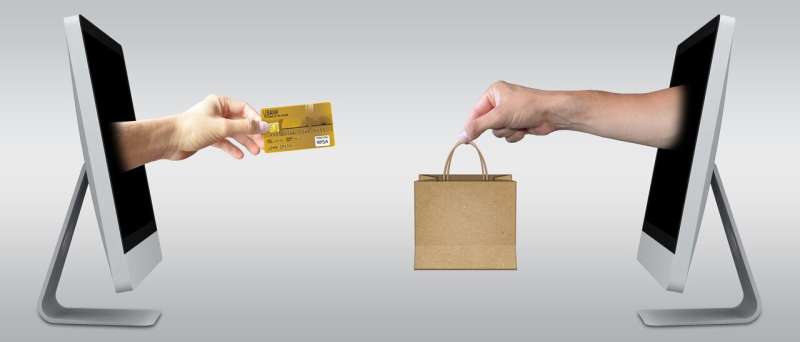Credit: Pixabay/CC0 Public Domain
Tucked in between videos of friends, family or silly dances and pranks are promoted advertisements, often not labeled, to get users to buy the latest products. A simple scroll through TikTok can garner thousands of videos of everyday people reviewing products from fashion, beauty, fitness, cars and technology.
Behind those reviews are influencers or enthusiasts who post product recommendations, often for pay by the brand, which can skew the critique in favor of the firm.
The newest trend on social media platforms is de-influencing—influencers urging followers to think twice about impulse-purchasing certain cult-favorite products, often in favor of cheaper alternatives. De-influencing is being pushed as an anti-consumption trend, especially as many feel the crunch of their wallets due to higher living costs.
However, experts warn that this fad—which may seem rose-colored by its messaging—is just another marketing scheme.
"I think more cynically, we can think of it in some cases as just another form of influencer marketing," says Alexandra Roberts, a professor of law and media at Northeastern.
Roberts says people who put themselves out there as de-influencers are still in the influencer's game. Many say, "don't buy that; buy this instead," or "here's a cheaper version, here's a dupe, here's a version that's going to work better."
In essence, it is negatively reviewing one product while promoting an alternative one, Roberts says.
So why is this trend popping up now? Roberts says it is because there is pushback from consumers who are tired of constantly being told what to buy or feel like when they log onto social media; their entire feed is endorsements.
"It feels less authentic, less interesting, less organic," Roberts says. "We are also in a time when people are feeling really strapped and trying to save money and trying to cut back."
So, it is appealing for many to see posts on how to save money on the products they love, Roberts says.
Another potential byproduct of this trend is the rise of marketing, brands and influencers choosing not to disclose it as an ad, despite the Federal Trades Commission requiring it, Roberts says. Many influencers either don't fully understand the requirements or ignore them because it makes their content look less organic.
Roberts says that a brand can pay an influencer or give free stuff in exchange for not promoting their brand but for trashing a competitor's product, a deceptive and illegal practice.
Unfortunately, the FTC, which regulates false and deceptive marketing, has limited capacity to enforce and prioritizes what is most harmful, Roberts says. As a result, makeup brushes or small-price items may fall by the wayside.
"The FTC can only pay as much attention as it has the resources to pay," Roberts says.
There are two main ways influencers are paid, says Amy Pei, an assistant professor of marketing at Northeastern, whose research includes influencer marketing, social media and digital platforms.
The most common model is sponsoring content by paying or sending free products to influencers. However, there is a shift to influencers using subscription-based payment, such as through Patreon, to allow influencers to give unbiased reviews.
According to Pei, recent industry reports show that nearly 100% of brands use influencers for marketing their products. The practice is growing and taking away advertising budgets from traditional marketing channels such as TV ads and commercials.
Plus, it is a lot cheaper, Pei says. For example, hiring a big-name celebrity for a primetime commercial can be millions of dollars versus only $50 to give someone a free product sample.
In terms of de-influencing sticking around, it depends on how users react, Roberts says. If brands make changes or consumers continue to use the hashtag, it might stick around.
"I don't think influencer marketing is going anywhere," Roberts says. "But I think you could see this kind of negative de-influencing continue alongside."
Provided by Northeastern University























